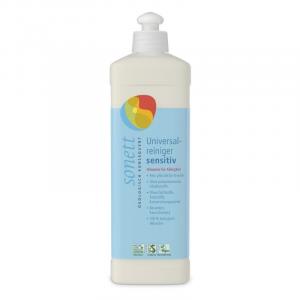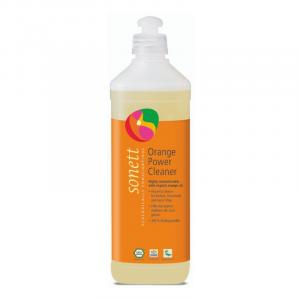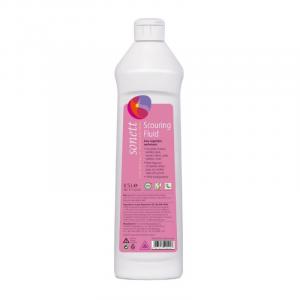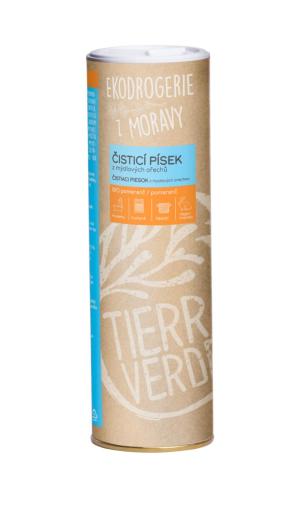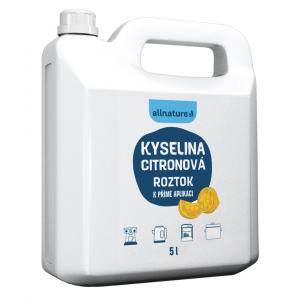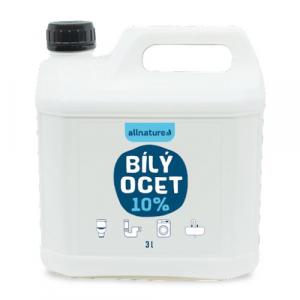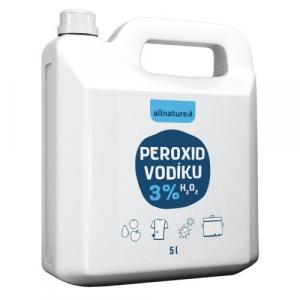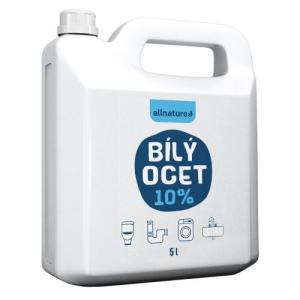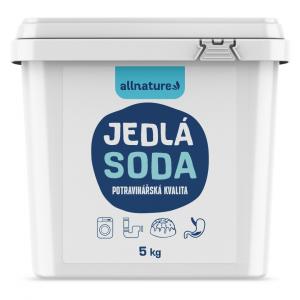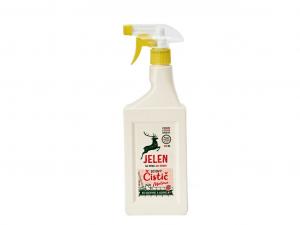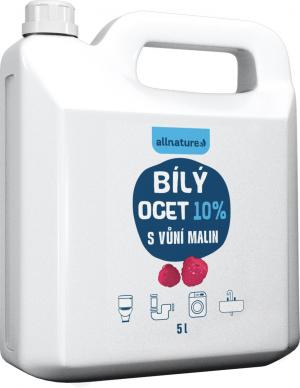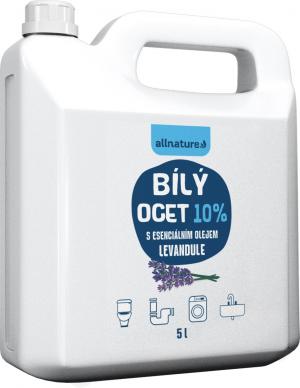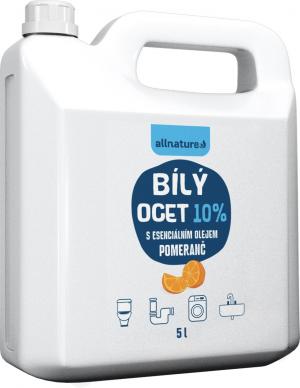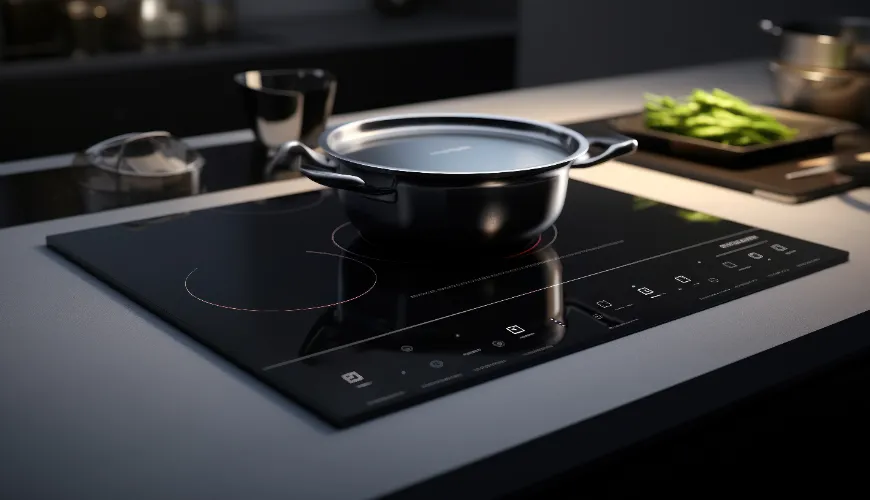
Limescale in the toilet and how to get rid of it

Limescale in the toilet is a common problem that every household encounters. Indeed, limescale settles in many places in the home, not just in the toilet. However, this problem can cause both aesthetic discomfort and practical complications. In this article, we will look at what limescale is, how it affects your toilet, and how you can effectively get rid of it.
What is limescale?
Limescale is a hard mineral deposit that forms as a result of the evaporation of hard water rich in minerals such as calcium and magnesium. Hard water is water with a high content of these minerals, which leave solid deposits when heated or evaporated.
Limescale often occurs in places where water regularly flows or stands, such as taps, shower heads, and of course, toilet bowls. These deposits gradually accumulate and create a hard, crystalline structure that can be difficult to remove.
Try our natural products
Why it's important to remove limescale
Not only does limescale degrade the appearance of sanitary facilities, but it can also negatively affect their functionality. Clogging with limescale can cause a decrease in water flow, increased energy consumption, and in extreme cases, damage to the device. Therefore, it is important to regularly check and clean places where limescale can form and prevent its accumulation.
How limescale affects the toilet
Limescale has several negative impacts on the toilet. The first and most obvious is an aesthetic problem – limescale deposits leave unsightly white or brown stains on the inner walls of the toilet bowl. These stains give the impression of dirt and can leave an unpleasant impression on visitors. Furthermore, limescale can significantly worsen the functionality of the toilet. Deposits can reduce the water passageway in the pipes, leading to a decrease in the effectiveness of flushing. Clogged pipes can cause the water to drain slower or the toilet to clog, which requires more frequent and intensive cleaning.
Long-term accumulation of limescale can lead to damage to the internal parts of the toilet, which can result in costly repairs or replacement of the device. In addition, limescale can also be a source of unpleasant odors, as it can trap bacteria and other impurities. Therefore, it is important to regularly focus on the prevention and removal of limescale to prevent these problems and keep the toilet clean and fully functional.
Try our natural products
How to remove limescale
Removing limescale from the toilet can be easy if you use the right methods and means for removing limescale. There are several proven methods that you can try before reaching for stronger cleaning agents.
Removing limescale with vinegar
One of the most effective ways is to use vinegar. Pour a sufficient amount of white vinegar into the toilet bowl, making sure it covers all areas with deposits, and let it work overnight. Vinegar is acidic, which allows it to dissolve mineral deposits. In the morning, use a toilet brush and thoroughly clean the places where limescale was deposited. For even better effect, you can add baking soda before cleaning, which in combination with vinegar creates a foaming reaction that helps to release deposits.
Using vinegar is a gentle and affordable solution. A wide range of products can be found on our e-shop ferwer.cz.
Try our natural products
Citric acid
Another effective home method is the use of citric acid. Dissolve a few tablespoons of citric acid in warm water and pour the solution into the toilet bowl. Let it act for several hours or overnight and then again use a toilet brush to remove the loosened limescale. Citric acid is natural and environmentally friendly, yet strong enough to effectively dissolve limescale.
Other options for removing limescale
There are also many other gentle and highly effective cleaning agents that are specifically designed to remove limescale. These products may contain both purely natural ingredients and strong acids that quickly and effectively dissolve mineral deposits.
Limescale in the toilet is a common problem that can cause aesthetic and practical difficulties. Regular maintenance and the use of suitable cleaning agents can help prevent its occurrence and keep your toilet in perfect condition. Remember, prevention and regular routine cleaning is always easier than solving an already existing problem.

